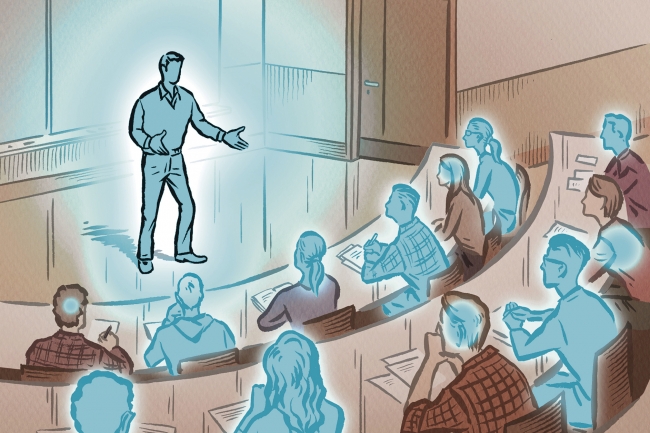If one were to analyze what goes into being an inspiring teacher in this sense, the list would include enthusiasm, charisma, a capacity to clarify and make sense, humor, kindness, and a genuine interest in students’ progress. Much of this is a matter of natural capacity; which implies that teachers are born, not made; and this in turn explains why teaching is so often described as a vocation.
via What Makes a Good Teacher? – The Chronicle of Higher Education.
Category Archives: Opinion
There is No Excuse for How Universities Treat Adjuncts
So True!!
Posted by UMass Lowell Union of Adjunct Faculty (UAF/UAW) on Tuesday, September 15, 2015
They want to break our union
|
Want to Be Happy? Join a Union
Essay on how tenure-track faculty members should treat adjuncts @insidehighered
It's worth reading the entire essay, but here is a teaser.
It used to be the case that non-tenure-track faculty were assumed to be inferior to their tenure-line colleagues. These days, however, jobs have become so scarce in many fields that one’s position in the academic hierarchy is largely an accident of birth. One could probably instantly create a new university that would rival the world’s best simply by hiring from the pool of the un- and under-employed.
Even if academe were a magically pure meritocracy, there would be no reason to treat some of its members as second-class academic citizens. But perhaps the randomness makes an especially strong case for the general rule that contingent faculty should be treated as members of the academic communities of which they are indeed a part. There are three things that need to be done — two easy, one hard: welcome contingent faculty when they arrive, support them while they are there, and thank them when they leave.
Essay on how tenure-track faculty members should treat adjuncts @insidehighered.


